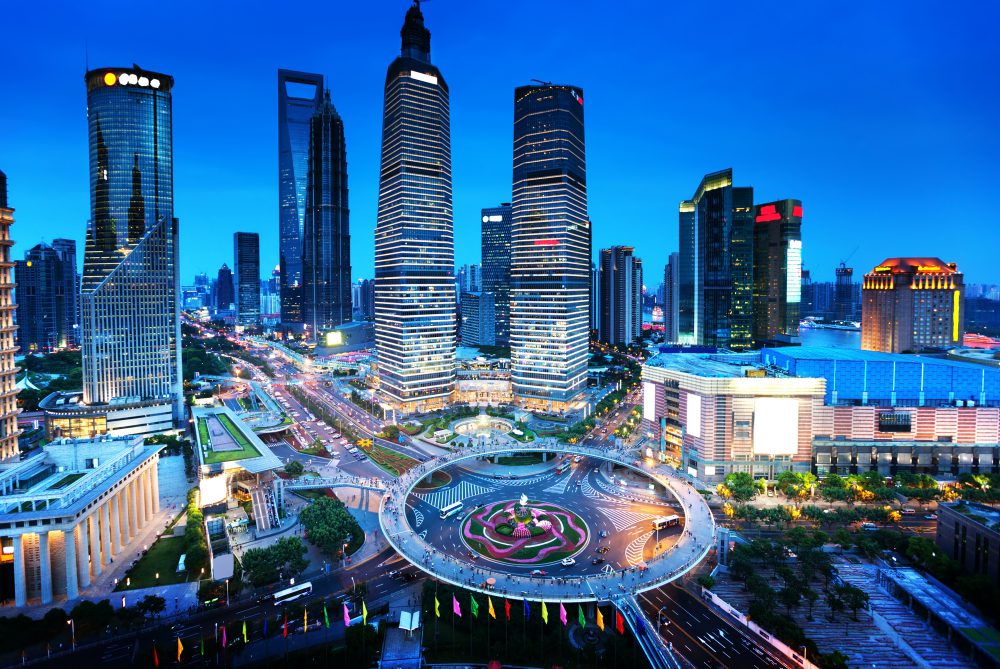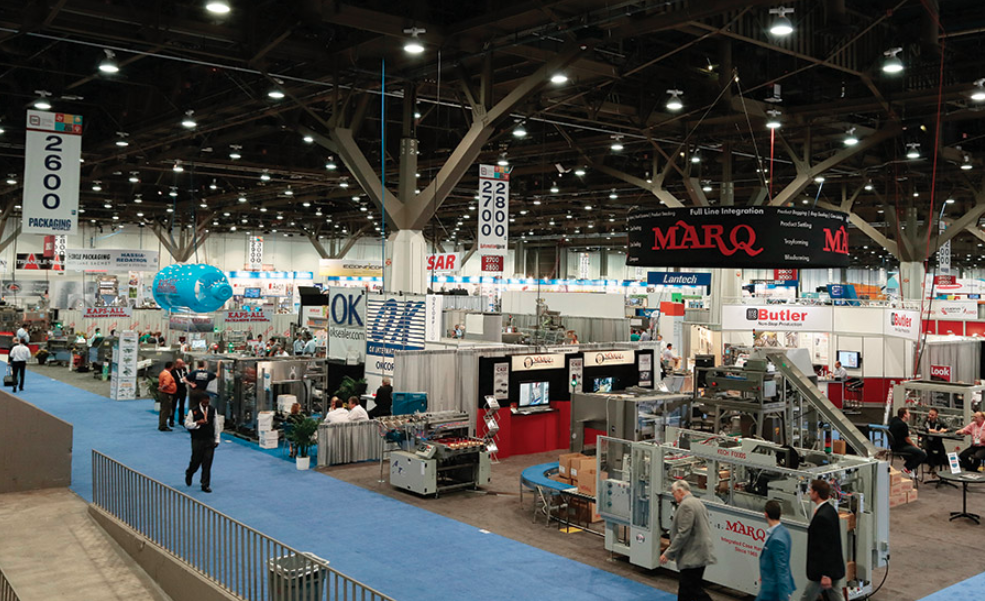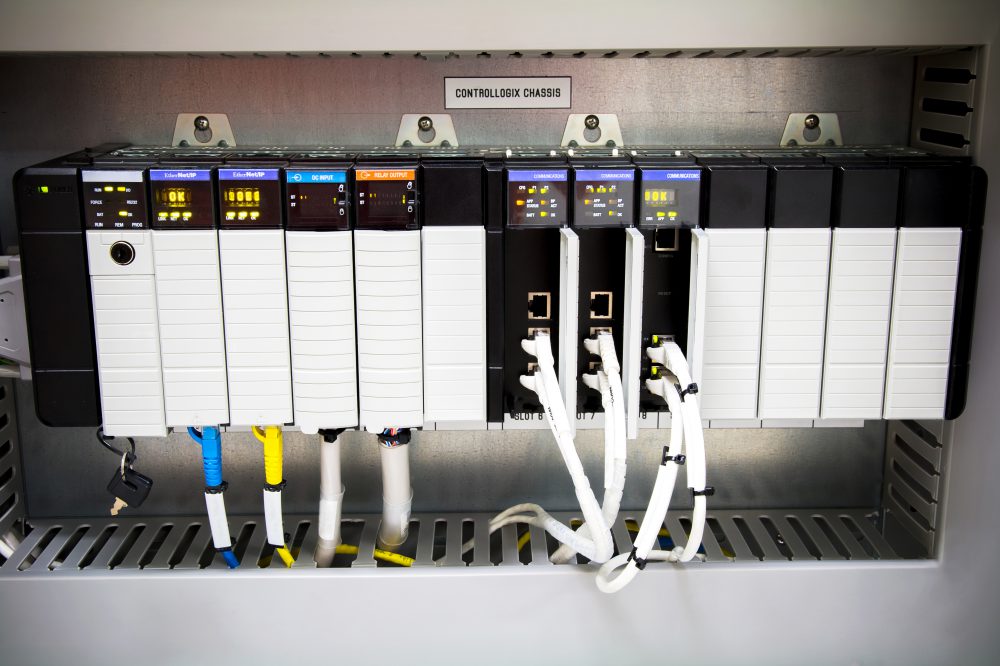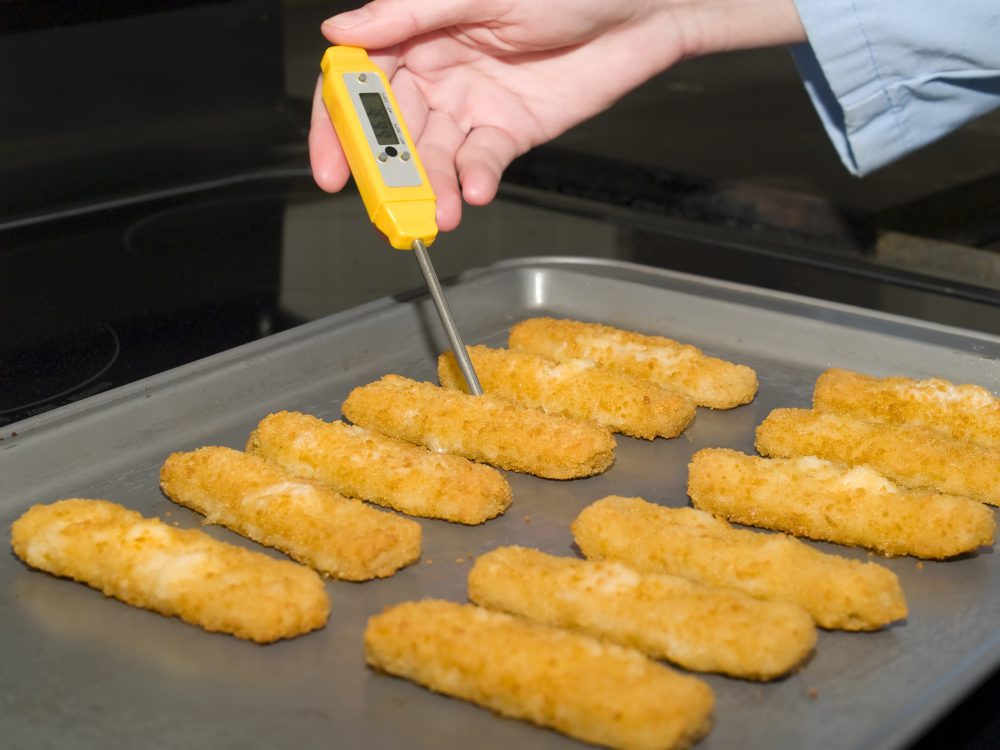The Industrial Internet of Things (IIoT) and What It Means for Your Food Plant
By now, you’ve likely heard about the various ways our homes are getting “smarter.” We now have devices such as the Amazon Echo, Wi-Fi-connected toaster ovens and doorbells with live-streaming video. Nowadays, you can lock your front door from your smartphone, tell Siri to turn on the lights inside your house and control your thermostat from anywhere you have an internet connection.
These networks of physical devices embedded with electronics, sensors and software that allow them to connect and communicate are often referred to as the Internet of Things. This new era of technology isn’t just limited to your home, though — food and beverage plants are taking advantage of smart devices as well.
Continue Reading “The Industrial Internet of Things (IIoT) and What It Means for Your Food Plant”






![[VIDEO] See How Virtual Reality Can Take You Inside Your Food Plant Design](https://stellarfoodforthought.net/wp-content/uploads/2017/12/Screen-Shot-2017-12-05-at-12.30.19-PM.png)




